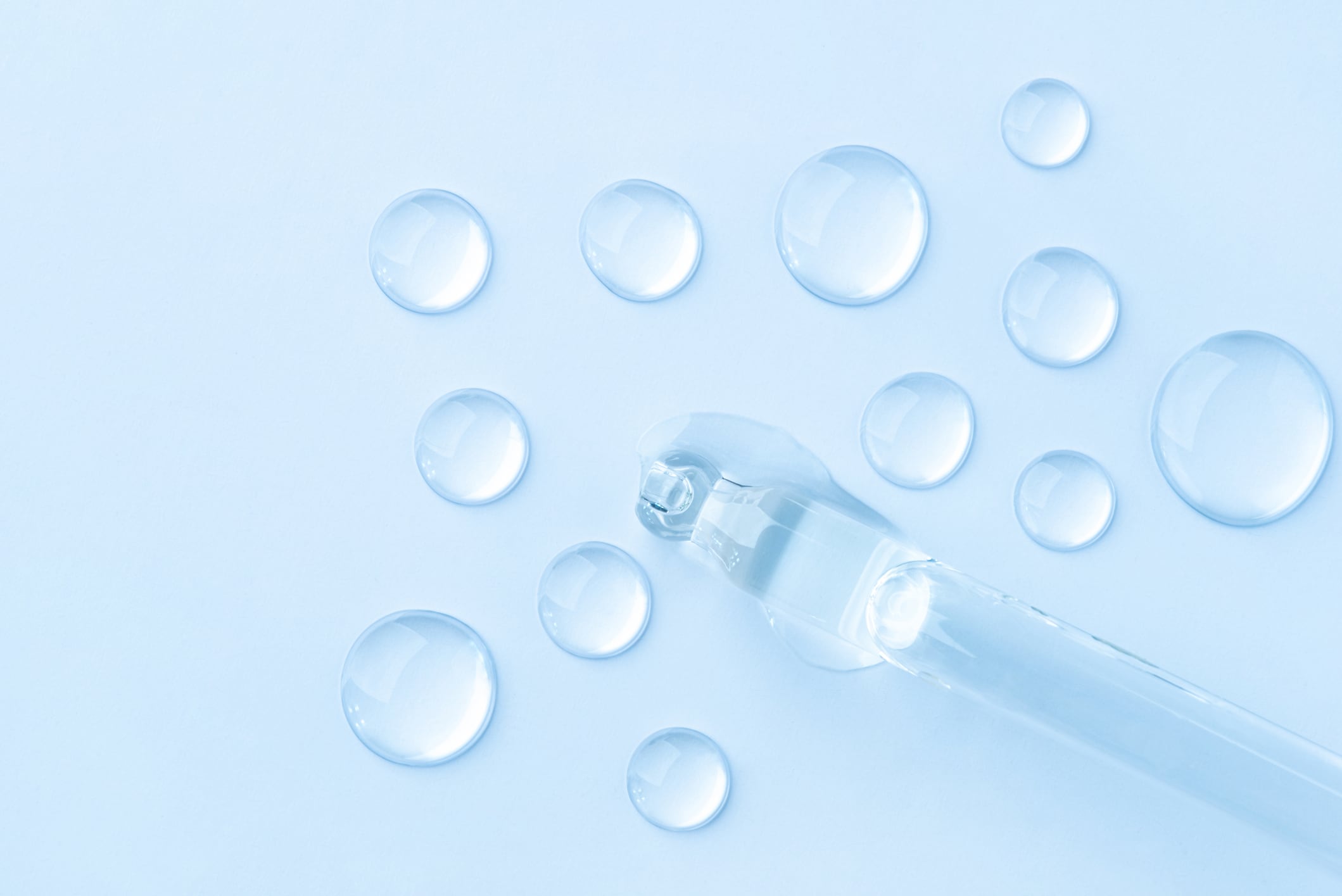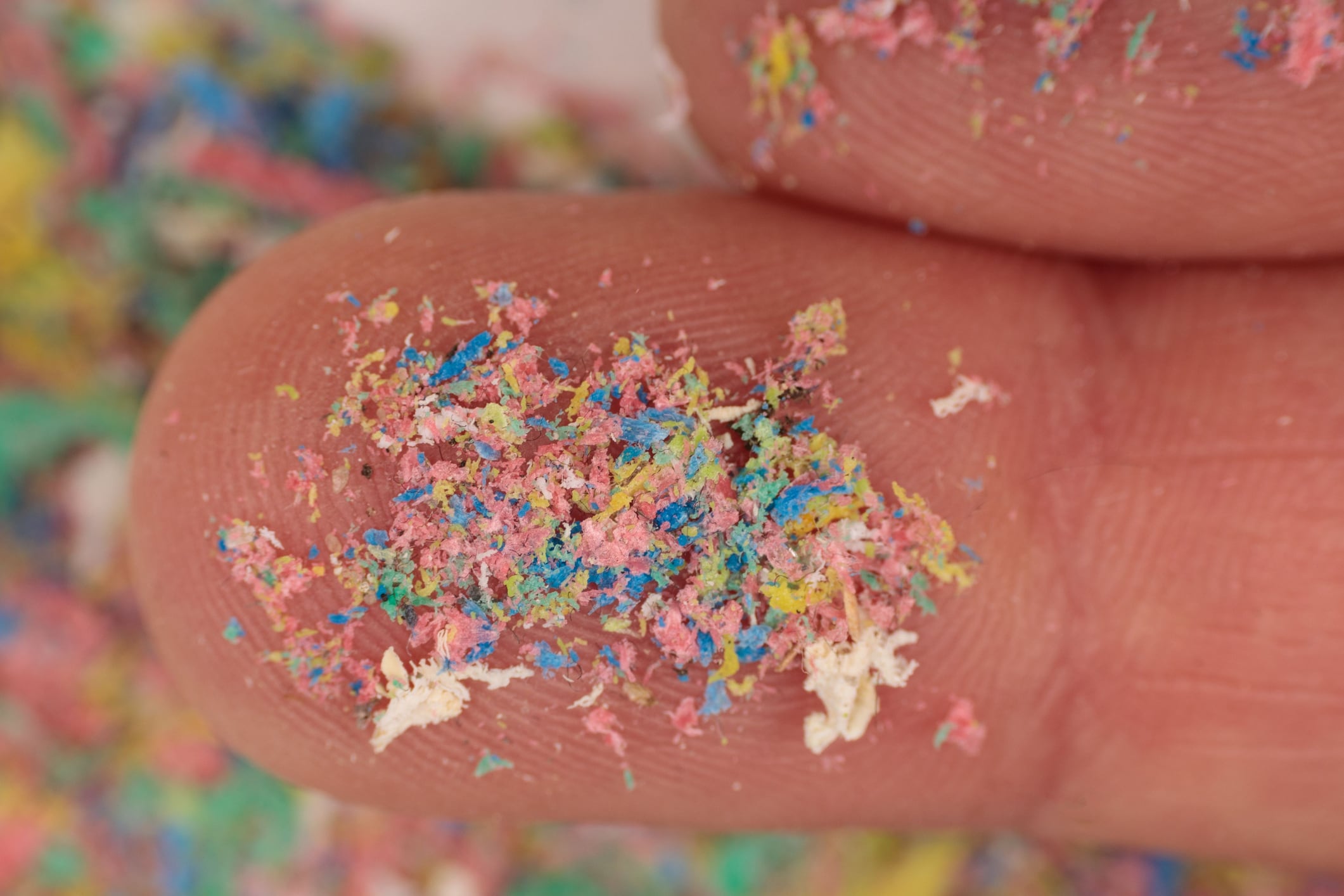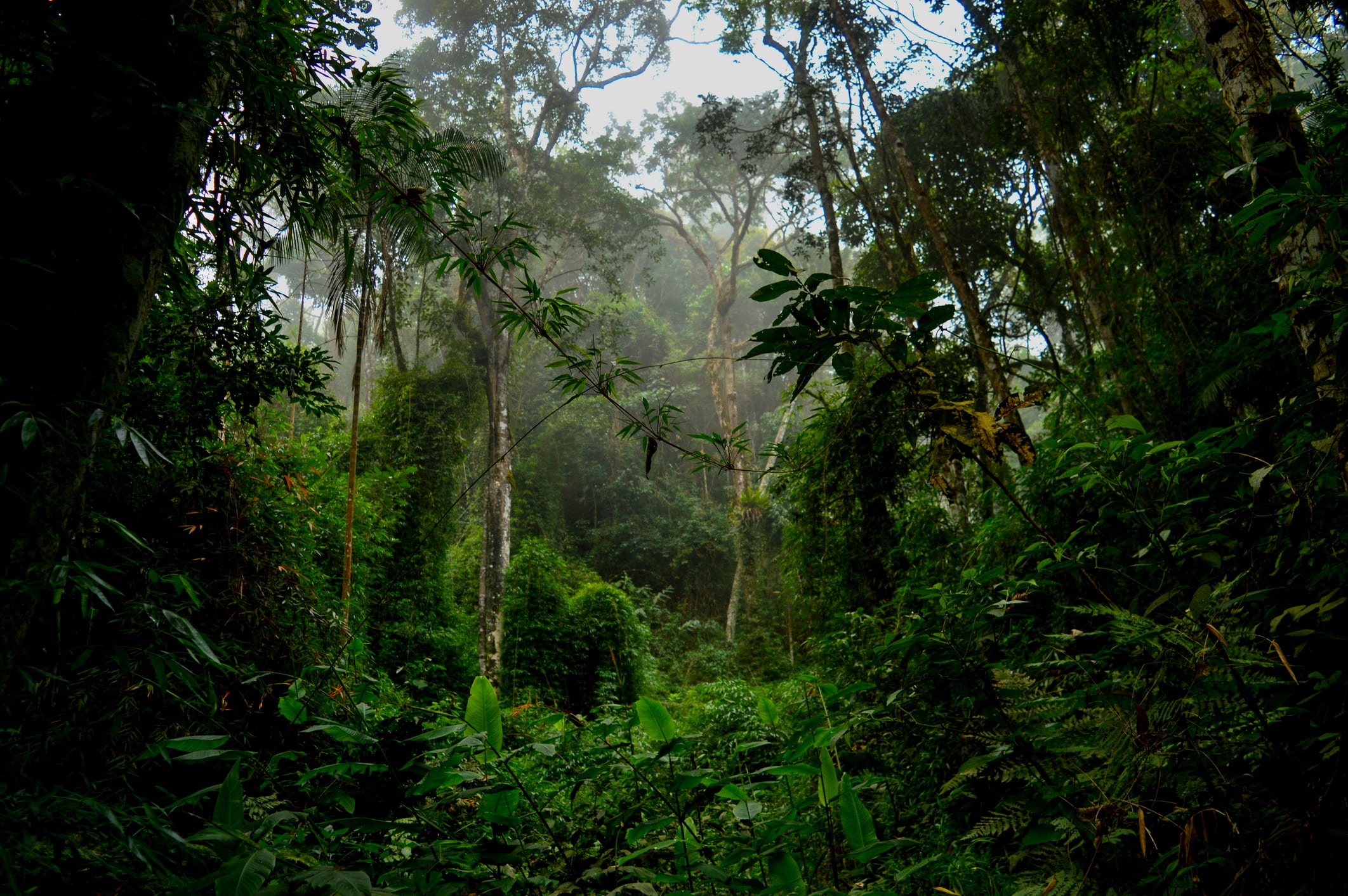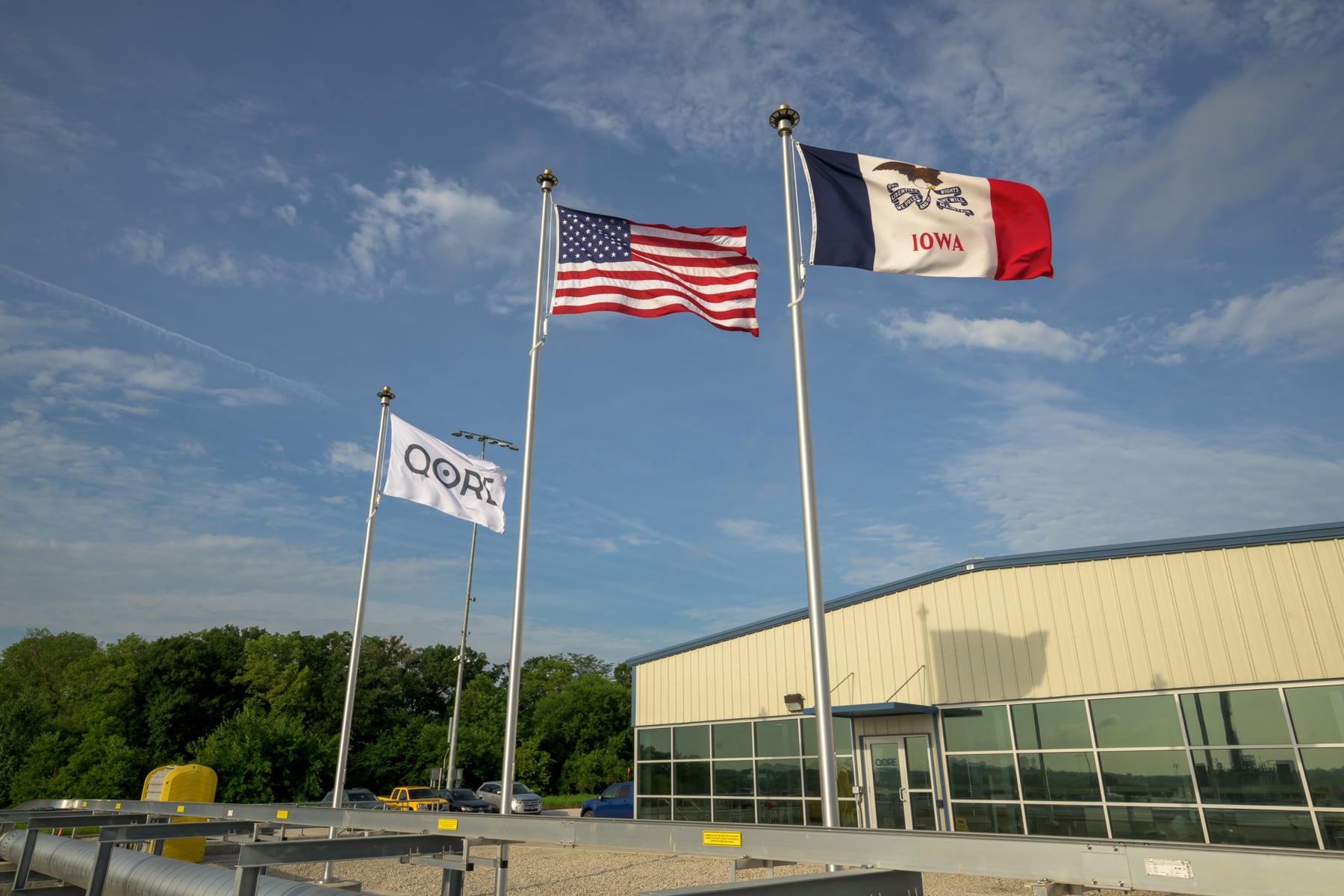The launch expands the company’s Vivomer material platform and targets what the brand calls the “last-mile” problem in packaging sustainability.
Creating a compostable alternative to the pipette dropper required Shellworks to replicate the function of multiple materials in a single substrate.
“One of the greatest challenges during our recent launch of the first fully home-compostable pipette dropper was developing our Vivomer material to genuinely mimic the properties of glass, ceramic, plastic, and rubber simultaneously,” Insiya Jafferjee, founder and CEO at Shellworks, told CosmeticsDesign, “whilst maintaining complete home-composability.”
Traditional droppers are made from a fused mix of materials, including glass, rubber, and plastics, which makes them difficult to recycle. Jafferjee explained that Shellworks’ solution consolidates these into a single material derived from fermented plant biomass.
“We needed to replicate the elasticity needed for the rubber bulb function, the chemical resistance of glass, and the durability of plastic,” she said.
Vivomer, she explained, was developed to behave as a precision industrial material. “With the dropper we’re demonstrating that even the smallest, most technical packaging challenges can be solved with the right material platform,” Jafferjee added.
Small components remain the ‘final frontier’ for sustainable packaging
According to Jafferjee, droppers, caps, and pumps are often overlooked despite being critical to overall recyclability and compostability.
“Small components represent the final frontier of sustainable packaging because they’re technically complex yet seemingly insignificant,” she said.
She noted that while many beauty brands are eager to adopt sustainable materials, functional alternatives to small plastic components have remained scarce. “Until now, choosing sustainability meant having to compromise functionality, which beauty brands and their users simply cannot accept,” she added.
Even when the primary packaging is recyclable, minor components can render the entire product difficult to process. “A cosmetic glass bottle might house a sustainable formula, but if the pump mechanism contains four different plastics and metal springs, the entire package becomes non-recyclable,” she explained.
Shifting the perception gap in beauty packaging waste
Despite the scale of its packaging footprint, the personal care sector often escapes the level of public scrutiny seen in food and fashion.
“The images people are confronted with of landfills or littered beaches often feature crisp packets, plastic water bottles—packaging you associate with retailers,” said Jafferjee. “However, many forget the impact of products in the personal care sector, which make up an essential part of everyday routines.”
She cited Europe’s beauty and personal care market, valued at €104 billion in 2024, as an example of how scale and complexity intersect, and called for manufacturers to adopt more transparent material reporting and to embrace unified environmental labeling systems. “We need standardized sustainability metrics, similar to nutritional labelling in food,” she said.
Navigating regulations while scaling biomaterials
Since launch, Shellworks has shipped over 1.8 million compostable units and replaced more than 90 tons of plastic across the UK, US, and EU. But scaling has required navigating fragmented standards across global markets.
“In the EU, there are three different industrial composability standards and two home composability standards,” Jafferjee said. “Meanwhile, the US has one standard each for home and industrial composability.”
This lack of alignment, she explained, places added pressure on material developers to stay ahead of evolving legislation. “There needs to be a universal, recognizable standard, and a consumer label so people can dispose of their products safely and with confidence,” she said.
Designing materials for beauty without compromise
Unlike many sustainable alternatives that trade off performance or aesthetics for compostability, Shellworks positions its materials as drop-in competitors for conventional plastics.
“Whilst others create sustainable alternatives focusing on being an alternative, we’ve developed materials that can match conventional plastics in the beauty industry,” said Jafferjee, “that are worthy of high street to luxury personal care products.”
Vivomer is free of toxic additives, microplastics, petrochemicals, phthalates, PFAS, and BPA. “We work backwards from desired functionality rather than forwards from available materials,” she said, describing the company’s innovation model. “The beauty industry is about wellness, and that must extend to packaging too.”
What’s next in sustainable packaging innovation?
With global policy shifting and consumer demand rising, Shellworks sees momentum building beyond the current “Plastic Free July” campaigns, which first started in Australia in 2011 and are now observed globally across CPG industries, including beauty.
“Extended Producer Responsibility is already becoming a popular way of incentivising the switch from plastic packaging in countries across Europe and the UK,” Jafferjee said, noting that ongoing UN treaty negotiations may further accelerate change.
She added that small, technical breakthroughs, like the new dropper, signal what’s possible. “I’d love to see further beauty products become fully compostable and really break the mold as to what the sustainable packaging industry views as possible,” she said.





